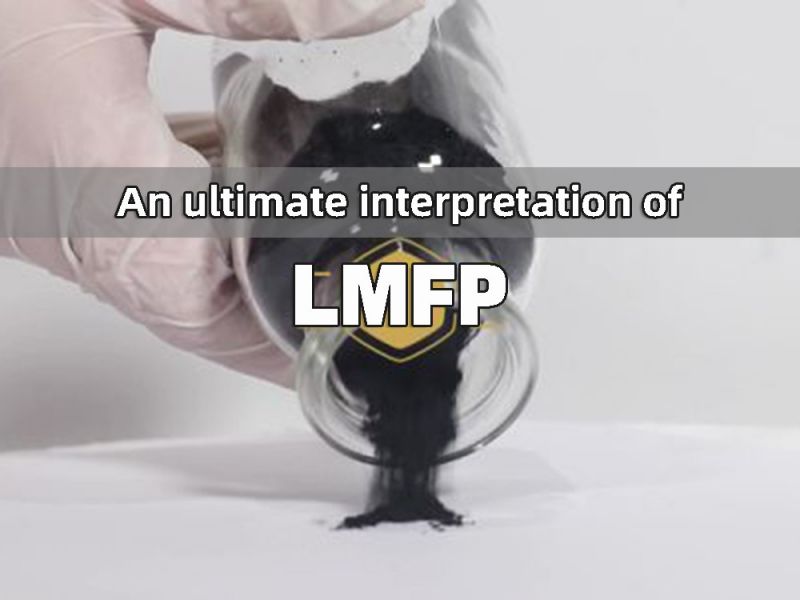
Main content:
With the rapid rise in demand for new energy vehicles, rising raw material prices, and some of the original battery systems approaching the theoretical extreme, battery factories and cathode factories have further increased their desire for solutions. Many manufacturers have begun to pay attention to LMFP because of the economy of LMFP.
1. Why develop LMFP?
① The iron-lithium route is close to the theoretical extreme
In recent years, the energy density improvement of LFP batteries has rapidly approached the limit. BYD, as a company of top 10 lithium battery companies, the energy density of the 2010 BYD E6LFP battery is only 90Wh/kg. With the continuous iteration of battery technology, the maximum energy density of the LFP battery system in 2022 will be 161.27Wh/kg, and this maximum value has hardly changed in the past two years. Since then, the great development of the LMFP system has emerged as the times require.
② LMFP: Under the extreme value of LFP energy density, a new way for iron-lithium
LMFP: LMFP exists in the form of ferromanganese solid solution rather than simple physical mixing. Doping Fe in LMP to form LMFP solid solution can well combine the advantages of LMP and LFP. The LFP energy density is theoretically less likely to increase. The voltage platform of the lithium iron phosphate material is 3.4V, and the gram capacity of lithium iron phosphate is currently close to 160mAh/g, which is close to the theoretical limit.

The LFP voltage platform is 3.4V, while the LMFP can reach 4.1V, and the LMFP energy density is theoretically increased by 20%+. Moreover, manganese is not a rare metal, and the global manganese ore resources are very rich. The cost of LMFP is increased by about 5-10% compared with the cost of LFP raw materials. The development of manganese iron lithium is economical. The production equipment for the production of LMFP batteries and the production of LFP batteries has little change, and there is no need to rebuild the production line. The change cost is low, and it is economical.
2. What is a good LMFP?
① Performance issues with LMFP
As an upgraded version of LFP, LMFP inherits the advantages of low cost, high thermal stability, and high safety of LFP, and makes up for its shortcomings such as low energy density and poor low temperature stability. However, LMFP also has problems such as poor electrical conductivity, rate capability and cycle performance. The problem of LMFP electrical conductivity is relatively simple, and most companies in the industry have already solved it. In addition, some leading companies in the industry have broken through the problems of dual voltage, specific capacity and circulation of LMFP.
The problem of manganese precipitation caused by the Jahn-Teller effect is the biggest pain point. The industry is breaking through, and a few companies have made progress. The battery rate of LMFP: nC, n refers to the number of times to complete the charge/discharge in one hour, the larger the n value, the higher the charge/discharge rate. Rate performance: The larger the capacity released at high rate, the better the performance. The rate performance of LMFP is directly related to the mobility of lithium ions, and all factors that affect the migration speed of lithium ions will affect the charge and discharge rate performance of lithium ion batteries.
② Patent: Lithium iron manganese without general formula compound patent
Manganese iron lithium has no general formula compound patent, and the patent barrier is lower than that of medical drug compound patents. As of April 2022, the number of patents related to LMFP in China is 221. In recent years, as various manufacturers have begun to deploy LMFP, the number of related patent applications has grown rapidly. According to the statistics of the application date, there are 30 related patent applications in 2020 and 33 related patent applications in 2021.
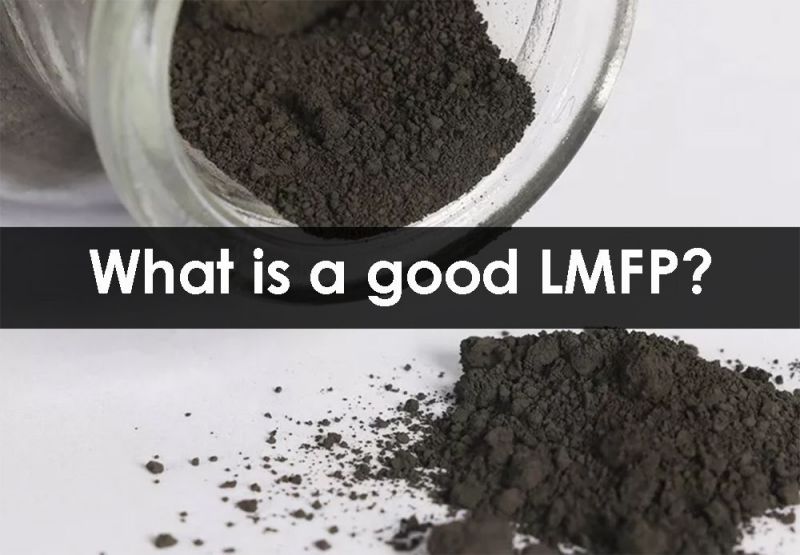
Manufacturers with patents, especially optimization patents, have a first-mover advantage. In recent years, Chinese and foreign companies have begun to deploy LMFP. In response to the performance problems of LMFP, various manufacturers mainly modify them by means of carbon coating, ion doping, and nanometerization. Among them, the process improvement is only an apparent modification, and a third-party element needs to be introduced to essentially change its structure, but the technical barriers of the second route are relatively high, and currently only a few companies have relevant patents.
3. How to produce good LMFP?
① Two routes: liquid phase and semi-solid semi-liquid method
LMFP and LFP production process is different. Since ferromanganese needs to form a uniform solid solution to produce high-quality ferromanganese lithium, the production of high-quality ferromanganese and lithium is likely to be based on the liquid phase method. Enterprises using the solid phase method to produce iron and lithium need to improve their production processes. There are two main methods for producing lithium iron manganese: liquid phase method and semi-solid semi-liquid method.
The liquid phase method can dissolve all the raw materials. According to the principle of homogeneity of the solution, the combination at the molecular level can be realized, and the obtained precursor is more uniform. It can effectively prevent the aggregation of the manganese-rich phase and improve the electrochemical performance of the material. The solid-phase method realizes the mixing of raw materials by means of mechanical mixing and crushing, which can only achieve macroscopic uniformity, but cannot achieve microscopic, that is, molecular-level uniformity, and the product consistency is poor.
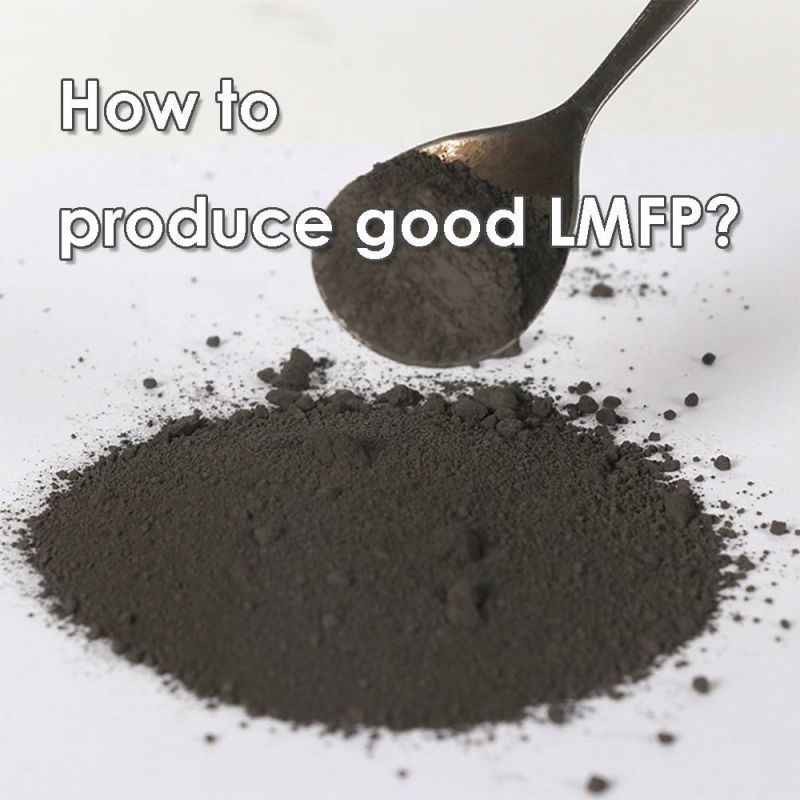
The semi-solid semi-liquid method is a liquid phase method used in the front-end process to extract elements, so that iron and manganese can form a uniform solid solution. The front-end process is the core barrier for LMFP production. The difference between the liquid phase methods in the front-end of each company is mainly reflected in the different ways of obtaining nano LMFP materials, shortening the Li+ and electron migration paths from reducing the primary particle size, thereby improving the conductivity.
② Compound ternary production
Compound method The battery (1-M) made of the manganese-iron-lithium composite ternary material prepared by the conventional stirring method has similar energy density and voltage platform as the ternary battery, and has better low temperature performance, cycle life and safety performance. The battery (2-C) made by coating the LMFP on the ternary material first and then through the conventional pulping process has better safety, but the resistance is larger and the electrical performance is slightly worse.
③ The cost-reduction route of LMFP
● LMFP material cost reduction: At present, the raw material standards of LMFP are different. The solid-phase method follows the method of producing lithium iron, using iron phosphate as a precursor to mix with lithium salt and manganese salt. In the future, manganese iron ore (powdered) and phosphoric acid will be used to prepare it, and the cost will be greatly reduced. On the other hand, manufacturers try to use low-cost materials in the modification process of LMFP. For example, Skyland uses metal oxides (low cost) to prepare composite polyvalent iron manganese vanadium phosphate, and Lithitech uses common inorganic chemical raw materials to reduce costs when improving the electrochemical performance of LMFP through ion doping and carbon coating.
● LMFP process cost reduction: manufacturers reduce costs by optimizing all aspects of the production process. For example, Lithitech's patent uses a supergravity rotating bed for co-precipitation to prepare lithium manganese iron phosphate precursors to reduce costs, and Skyland's patented microwave activation method for preparing LMFP uses water as a grinding body to reduce costs.
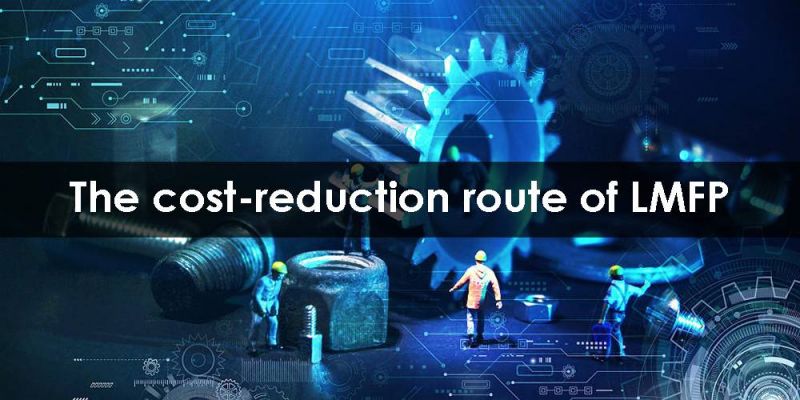
● LMFP recycling cost reduction: With the sharp rise in the price of lithium carbonate (nearly 8 times since 21), the economics of recycling waste lithium iron phosphate batteries is getting better and better. Dynanonic achieves a closed-loop industry chain by recycling waste lithium iron phosphate and improving the utilization rate of lithium mines to reduce costs.
4. Where is the future of LMFP?
① Commercialization route: two-wheeled electric vehicle, composite ternary, independent use
● Two-wheeled electric vehicle
LMO: With the advantages of safety and cycle life, it has entered the terminal of two-wheeled electric vehicles. LMFP+LMO can be considered as one of the most cost-effective lithium battery systems in the field of two-wheeled electric vehicles. Driven by factors such as China's policies, the proportion of lithium-ion two-wheeled electric vehicle sales has increased year by year. It is estimated that by 2025, the market penetration rate of the entire lithium-ion electric two-wheeled vehicle will be close to 60%.
● Compound NCM
The properties of LMFP composite with ternary materials are close to ternary. In addition, according to the particle size distribution, the D50 of ternary material is about twice that of LMFP, and the overall particle size distribution becomes wider after composite, which improves the stability of lithium ion in the charging and discharging process of ternary material lattice, provides elastic stress force for the material to be impacted by external force, and then improves the safety and cycling performance of ternary material. Therefore, compound NCM becomes the beginning of LMFP commercial landing.
● Independent use
The independent use of LMFP is the final chapter. The higher the ratio of manganese, the less the double voltage plateau problem exists. The LMFP with a manganese-to-ferrous ratio of about 9:1 has no dual voltage problem and the voltage plateau is about 4.0. LMFP can be used alone, and the added iron element only plays a role in modification. On the other hand, the increase of manganese content will increase the amount of manganese in the electrolyte, which will inevitably lead to the problem of lattice distortion caused by manganese precipitation, which requires continuous improvement of technology to overcome difficulties.
② LMFP leading companies deploy LMFP
● Liquid phase method: Dynanonic liquid phase method produces LMFP. In November 2021, it will announce a new phosphate-based cathode material production base project with an annual output of 110,000 tons. In January 2022, the project plan for an annual output of 330,000 tons of new phosphate-based cathode materials will be announced.
● Semi-solid and semi-liquid method: For example, CATL deploys LMFP by holding Lithitech, and develops and manufactures it by itself. Lithitech uses a semi-solid, semi-liquid method to produce LMFP.
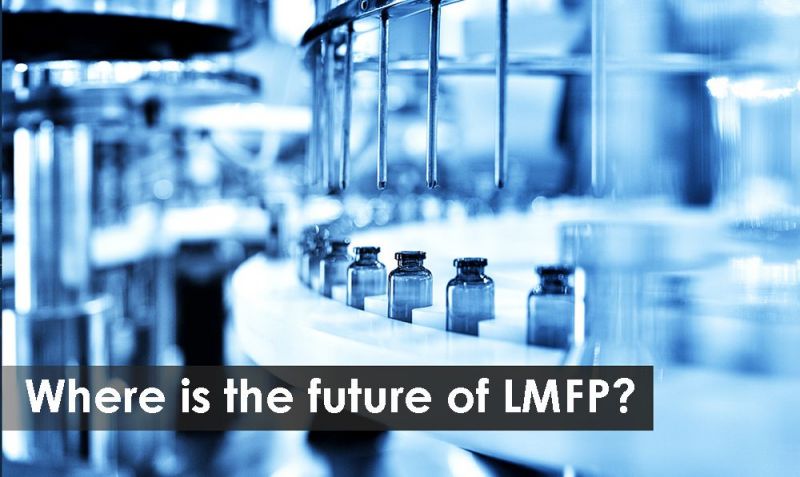
● Battery factory: CATL, BYD, etc. CATL, as the leading company in top 10 power battery companies in the world, plans to launch a new product M3P battery. BYD has been deeply engaged in iron and lithium for ten years, has more than ten patents related to manganese iron and lithium, and has rich technical reserves.
③ LMFP composites have good low-temperature performance and great potential for high-cold energy storage
Lithium-ion batteries dominate the electrochemical field of the energy storage market due to their wide temperature range and long service life. Energy storage batteries are more concerned about battery cost and cycle performance, so LFP batteries are mainly used in lithium-ion batteries. However, the low-temperature performance of LFP is poor, and the charge-discharge cycle cannot be well completed in high-cold regions, making its performance unstable. However, LMFP composites have excellent low-temperature performance, and have great potential for high-cold energy storage.With the gradual advancement of the dual carbon goal, the demand for energy storage batteries will increase at a higher rate.
Related article: top 10 power battery recycling companies, top 10 two-wheeled vehicle lithium battery companies, top 10 lithium iron phosphate materials companies